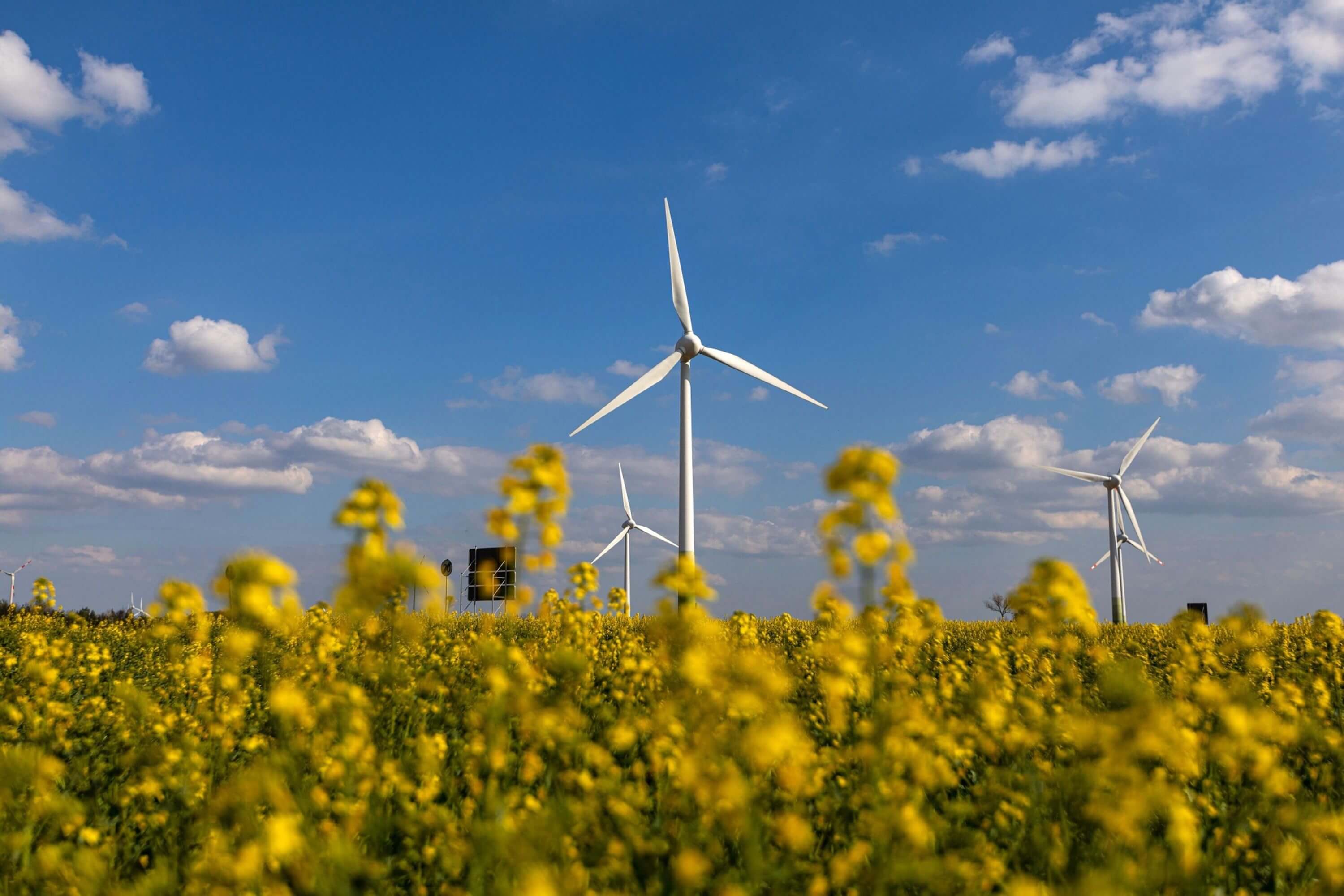Industry and Materials
Manufacturing, producing basic materials and other industrial activities account for about a quarter of annual global CO₂ emissions. This includes energy-intensive processes such as steelmaking, refining of chemicals and fuels and making consumer and other goods.
26
Pathfinders actions
13
Best practices
Industry and materials inludes the supplying of raw materials to manufacturers and the production of finished goods to consumers. It is not only a critical segment of the overall economy, but also a major user of energy and a massive producer of CO2 emissions. In all, the category accounts for around 30% of global energy consumption and a fifth of greenhouse gas emissions.
Processes for raw material production often require very high temperatures, which makes them highly energy-intensive and dependent on the burning fossil fuels. Steel production, for example, relies heavily on coal both as a fuel and as an agent in the chemical process itself. In petrochemicals, oil and gas are both feedstocks and energy carriers for the production process. Decarbonizing these high-heat processes is a challenge, especially in the short- to medium-term. However, there are abatement options available today that can get the sector on the path to net-zero.
Building net-zero technologies for industry at commercial scale is an expensive and lengthy process. In most sectors, hydrogen, carbon capture and direct electrification have been trialed in a lab or at very small scales, but there is still no detailed information on capex costs, operating parameters and the energy or emissions intensity of these processes. Large pilot projects are needed to fill in these knowledge gaps and to demonstrate the viability of the technologies for producers and their lenders.
Latest best practices
In the race to reduce carbon emissions, regional, national and international policymakers don’t have time to wait
Actions
For more detailed information,
explore Delivering Net Zero: A Framework for Policymakers.
Explore other sectors

Power and Grids
The power sector has several well-established and mature zero-carbon technologies; however, support for the deployment of emerging solutions, including those that are still unproven at scale, will be needed if the power sector is to stay on track to net zero.
Continue reading